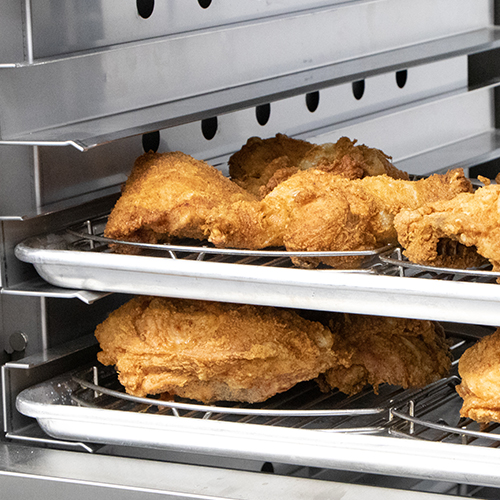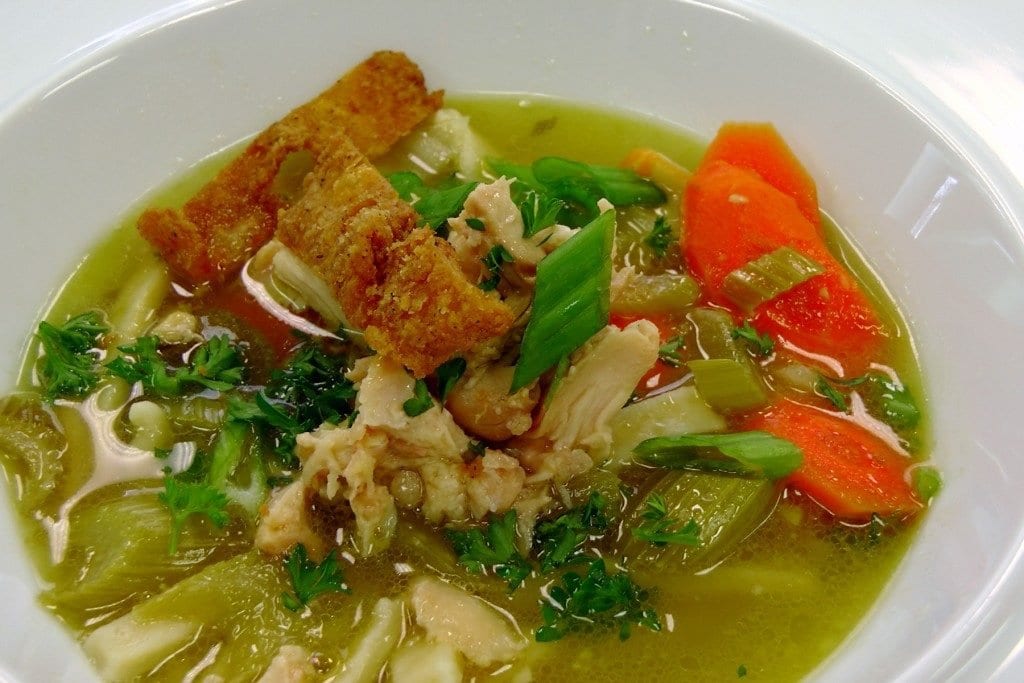Essential Chicken Restaurant Equipment
Starting a chicken restaurant? At Winston Foodservice, we offer the best chicken restaurant equipment on the market to help you serve delicious, high-quality chicken every time. Chicken is popular, with the average American consuming over 100 pounds annually. It’s nutrient-dense, affordable, and versatile, making it a great addition to any menu. Whether you plan to […]
Essential Chicken Restaurant Equipment Read More »




